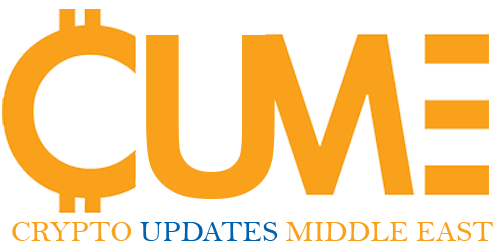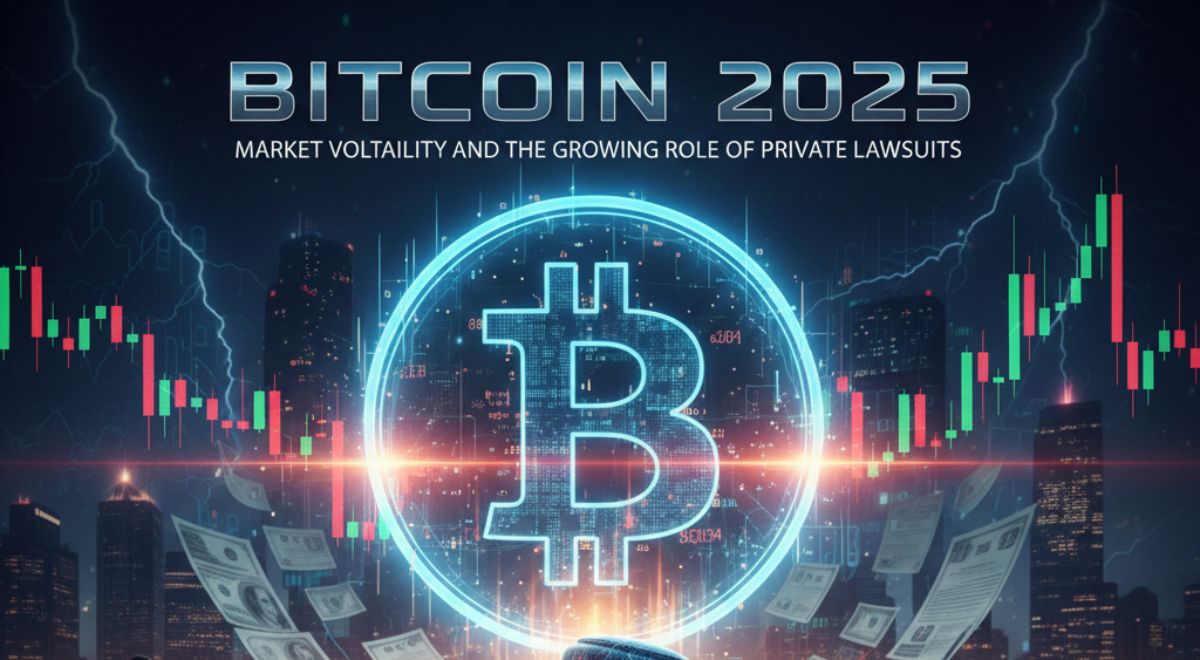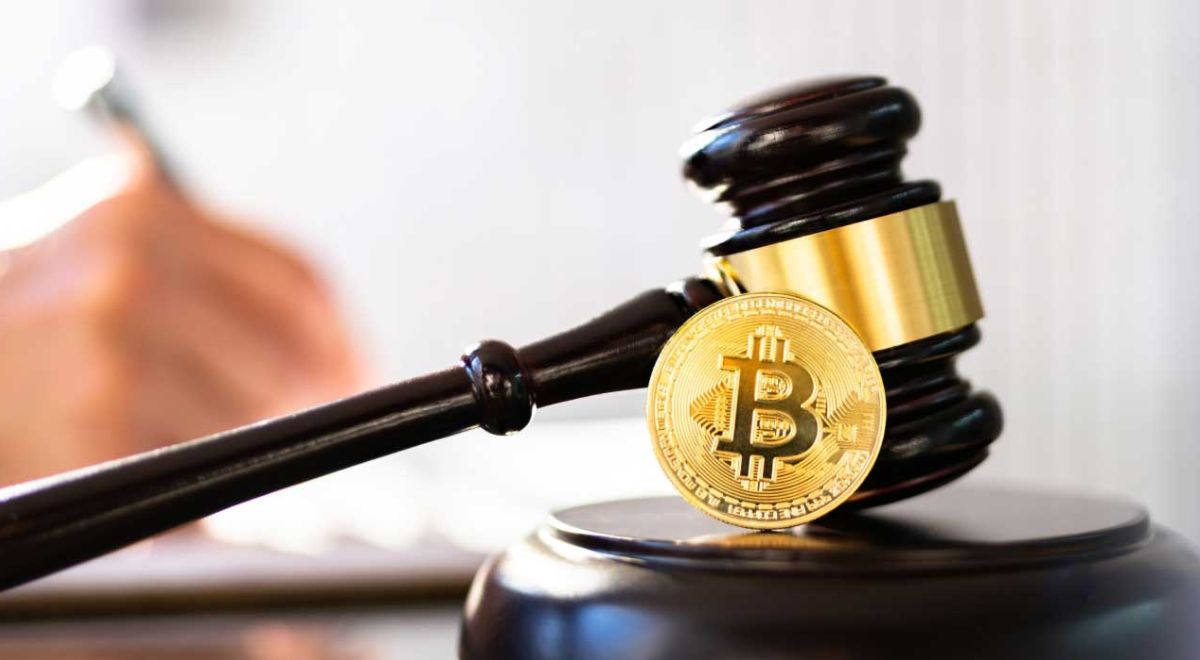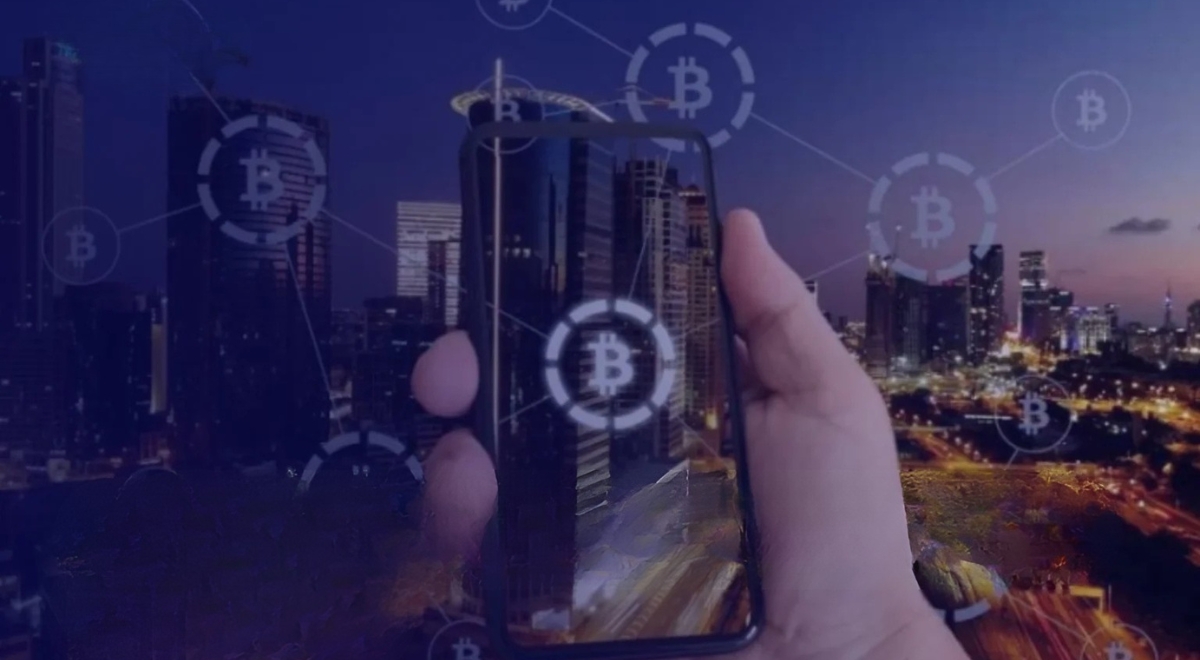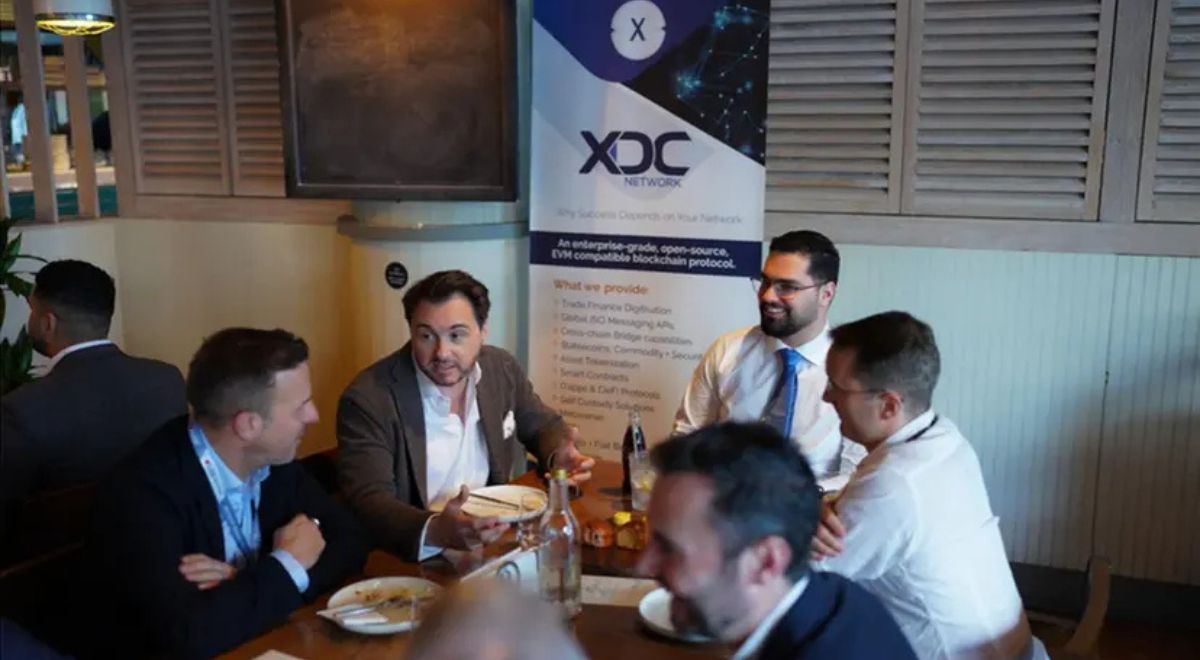Digital assets are electronic data files that people can own, transmit, and utilize as money in transactions or as a way to store intangible information like digital artwork, videos, or contract documents. Cryptocurrencies like bitcoin, so-called asset-backed stablecoins like rope, and non-fungible tokens (NFTs), documents proving possession of original digital media, all pertaining to digital assets.
Blockchains are distributed, decentralized databases or electronic ledgers that securely store ownership records for digital assets. With this framework, it is possible to transfer digital assets without needing a middleman, such as a bank, broker, or intermediary. This may speed up and simplify transactions.
Table of Contents
ToggleWhat are Digital Assets
Digital assets are anything created, developed, and maintained digitally, identifiable and discoverable, and having or providing value. Digital assets have grown in value and popularity as technology has become more prevalent in our personal and professional lives. Data, images, videos, written content, and other digital assets are all considered to be owned resources.
Like a company’s brand, the majority of digital products may be given a value, whether it be monetary or intangible. Some digital items, like a family photo you took on your phone during an event, might only be valuable to the creator or to that one individual. Others might be useful to a larger audience.
A digital asset must first have the capacity to create value by being used in a way that adds value to the owner to qualify as an asset. The ownership of a digital asset should then be transferable through a purchase, a gift, or some other method of granting the rights to someone else, as well as the value the thing can add. Additionally, information needs to be findable or stored in a location where it can be located.
There are many different types of digital assets. Here are some familiar ones: photos, documents, videos, music, logos, social media accounts, and gaming accounts. Newer digital assets are based on blockchain or similar technologies: Central bank digital currencies, cryptocurrency, and non-fungible tokens.
Read: How Could Blockchain Redefine the Gaming Industry?
Why do Digital Assets matter
Our lives are more dependent on digital technology than ever when you look at a list of the digital things that can be regarded as assets. For instance, instead of traveling to a library and hoping they have the resources we need, we turn to digitally hosted content to learn about something because it is quicker and easier.
The majority of our vital paperwork, entertainment, and images are digital. Data and information are kept and stored by businesses and governments, and each has a different value depending on how it will be used.
The definition of digital assets completely changed in the 2010s when blockchain technology and cryptocurrencies came to the attention of investors, governments, and the general public whether they were meant to be used as assets or not, individuals assigned value to cryptocurrencies, which led to their inclusion on the list of digital assets.
Whatever you do, you are surrounded by digital assets throughout your life. Here is an illustration of a day enriched with digital assets: You discover your favorite running back has released a sports video token of his game-winning touchdown from the previous season one morning and decide to buy it like a vintage trading card. A portion of that instant is now yours.
Conclusion
Simply put, there is a significant amount that digital assets can and will do. Any money, investment, supply chain, or reward point may theoretically be mathematically “tokenized” into a digital asset and exchangeable for value.
